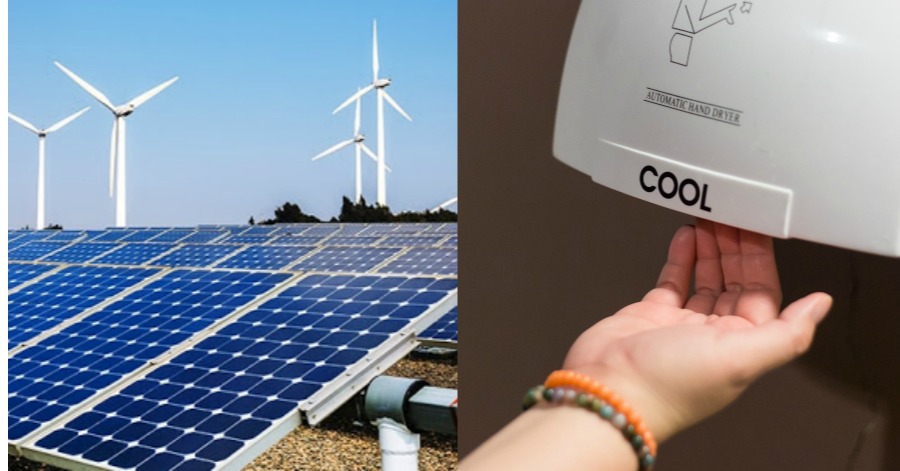Though they’re frequently used interchangeably, not all infectious illness words are created equal. Even medical professionals have difficulty distinguishing between the terms “pandemic,” “epidemic,” and “endemic.” This is because each term’s definition is flexible and evolves over time as illnesses become more or less prevalent.
While exact definitions aren’t required for everyday use, understanding the differences can help you better comprehend public health news and proper public health actions.
Here’s how to differentiate them:
@dr.samhanPANDEMIK?EPIDEMIK?ENDEMIK? #KitaJagaKita #jombelajar #learnontiktok #tiktokguru #malaysiaprihatin♬ Wali Yank by Iyuz misterius – Iyuz misterius
1. Pandemic- When the spread of disease is rapid, it is declared a pandemic. This means that the pace of growth soars, and cases develop faster each day than the day before. The virus has nothing to do with virology, population immunity, or illness severity when it is proclaimed a pandemic. It denotes that a virus has spread across a large region, impacting several nations and populations.
2. Epidemic- An epidemic is defined as a sudden spike in the number of illness cases in a certain location. It is not necessary for an epidemic illness to be infectious. Epidemics are diseases or other health-related behaviors that occur at rates that are clearly higher than expected in a community or region.
3. Endemic- An endemic is a disease epidemic that is persistent yet restricted to a certain geographic area. As a result, the disease’s spread and rates can be predicted.
Sources:TikTok Dr Samhan









Leave a Comment